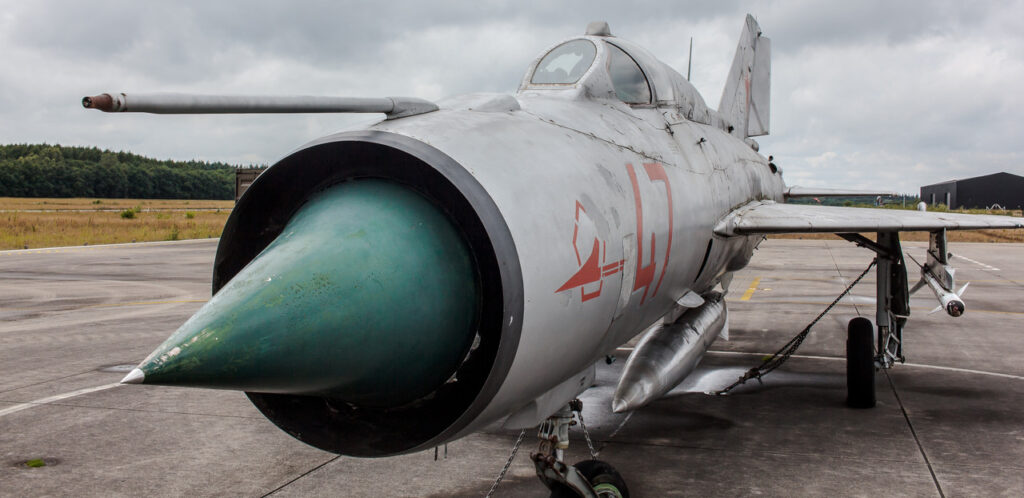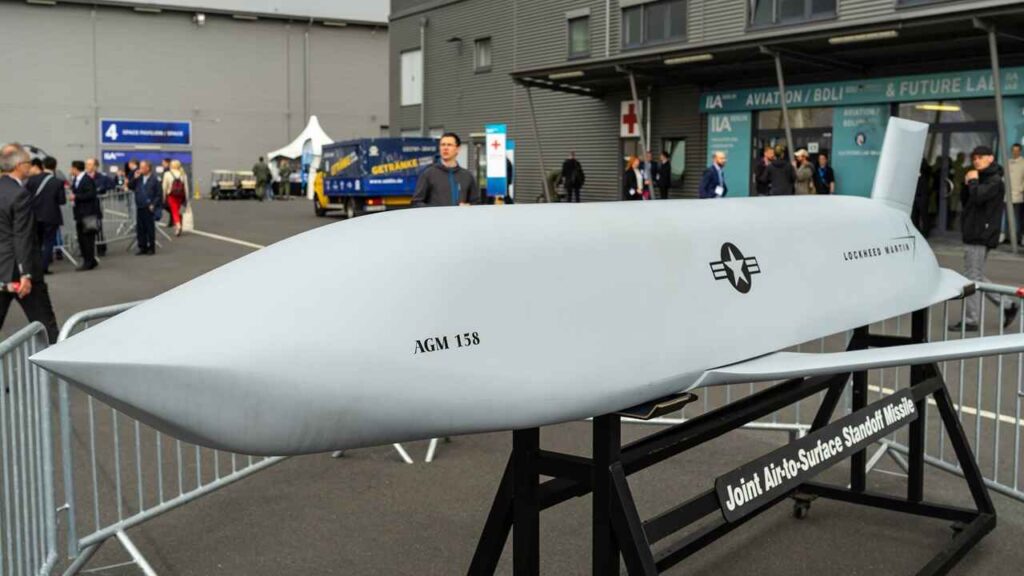
The U.S. Military Is Working to Counter China’s New Drone Mothership
China has launched a mini-drone mothership able to transport and launch a small drone “swarm” from the air for reconnaissance missions or efforts to overwhelm targets with explosives for attack.
A Chinese government backed newspaper called it an “unmanned aerial mother ship” that becomes a swarm carrier. The “mother ship” is a fixed wing, vertical take-off and landing drone which during the test carried nine smaller mini-drones, the Global Times reported.
The drone swarm carrier, made by a Chinese company called Zhongtian Feilong, is engineered for long-range missions with data links, multiple payload types and strong anti-jamming capability, the Global Times reports.
“The mother ship opened the aircraft bay after arriving at a designated mission point and dropped the smaller drones in order, while also ensuring the speed, direction, attitude and distance of dropping could match the requirement so the smaller drones could form a swarm,” the Global Time writes.
Does the existence of something like this change the strategic and tactical equation for China? Certainly, it advances the curve to some extent in that it brings a level of unmanned-unmanned teaming to the field, something the U.S. military has been progressing rapidly with as well. Also, at first glance any advantage or margin of difference could be seen in terms of added survivability, meaning an unmanned mothership could operate in extremely high-risk areas while confronting enemy fire without placing human pilots at risk.
Large, fixed wing planes having an ability to launch mini-drone swarms is by no means a new development, however having small swarms drop from another drone brings new tactical advantages in terms of endurance, operational range and of course survivability of risk threshold. The mini drones could be used to test enemy air defenses, blanket areas with surveillance or seek to overwhelm targets with multi-node attack. This could include networked surveillance missions, massive jamming efforts or electronic interference, or perhaps even using the small drones themselves as mini-explosives or weapons. Small explosives could be launched from a drone host ship to descend upon and seek to overwhelm a target with multiple incoming points of attack. Also, a mini-drone swarm, especially if networked in some way, brings the added advantage of built-in redundancy meaning those kind of reconnaissance missions can be sustained in the event that several drones are destroyed or intercepted.
All this being said, the existence of a platform like this does not really seem to change the tactical threat equation much, even if it introduces the threat of attacking drone swarms into closer proximity or closer-in ranges. The U.S. military services are already working quickly on a wide range of innovations intended to address or counter an enemy drone swarm threat. Such counter-measures include lasers, high-powered microwave weapons and high-speed, artificial intelligence-enabled threat detection sensors. Therefore, having an unmanned platform launch the drones instead of a larger, manned fixed-wing platform may enable swarm attackers to get closer in high threat areas, it is not that new given that aircraft can already launch drone swarms.
What it does do is introduce new threats regarding unmanned-unmanned teaming wherein mini-drones receive guidance and command and control direction from larger unmanned platforms.
Kris Osborn is the defense editor for the National Interest. Osborn previously served at the Pentagon as a Highly Qualified Expert with the Office of the Assistant Secretary of the Army—Acquisition, Logistics & Technology. Osborn has also worked as an anchor and on-air military specialist at national TV networks. He has appeared as a guest military expert on Fox News, MSNBC, The Military Channel, and The History Channel. He also has a Master’s Degree in Comparative Literature from Columbia University. This article first appeared earlier this year.
Image: Reuters.


